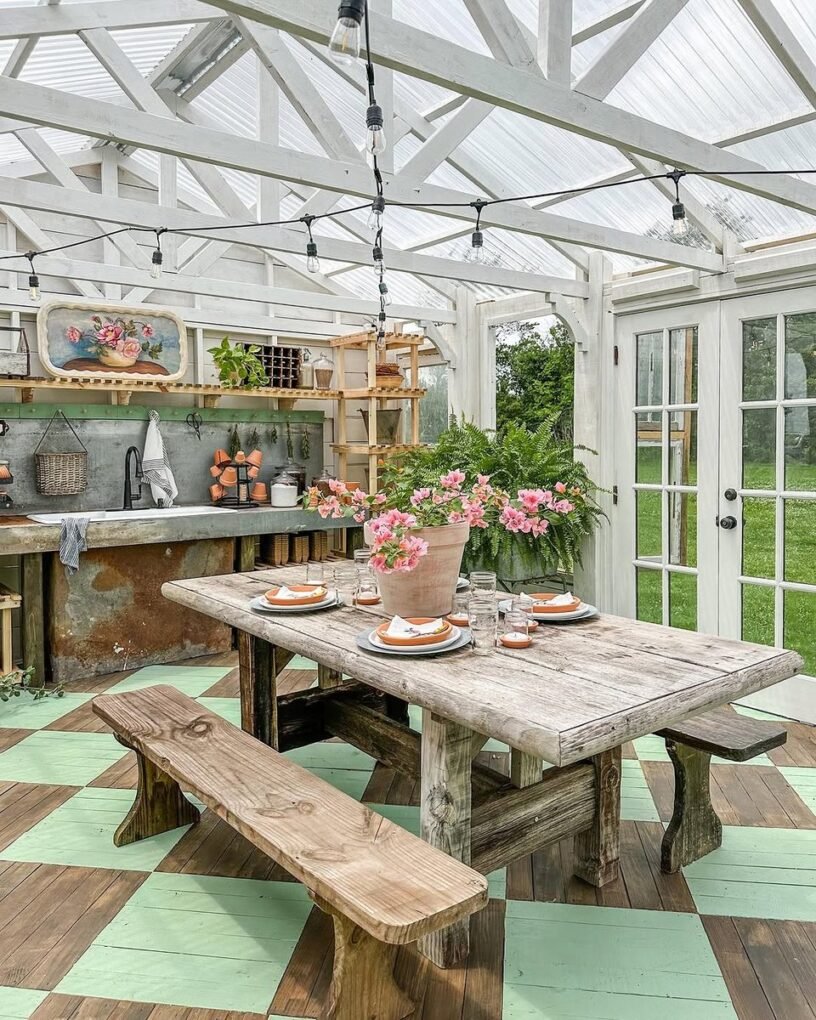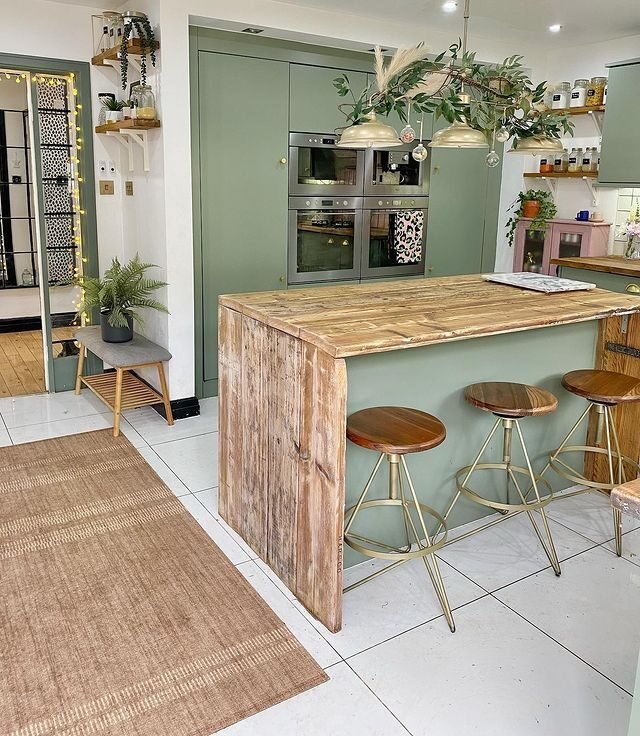Renovating an old house can be both a challenging and rewarding experience. It can take many forms — from working on a few minor changes If the foundation is intact, or re-doing the whole house by making substantial structural changes. Every home needs renovation once in a while to stay functional and safe. And old homes need some extra love.
Older buildings/construction might have several hidden issues, including pest/mold infestations, structural and elemental damage, non-functional water and electrical systems, etc. So it would be best if you kept an open eye while working on them. Listed below are a few tips that will help you successfully execute a plan to renovating old houses.

1. Keep an open eye for hazardous materials
Older construction and finishing materials typically contained materials that are now not widely used when building/renovating homes. These include asbestos-based insulation materials and lead-containing paints, among other stuff.
Asbestos is usually harmless until you breathe it in. it can rare forms of lung cancer if the exposure is significant. Therefore, it is best to call professional cleaners to have toxic materials removed and properly disposed of when renovating an old house. This way, you'll ensure that you don't cause harm to yourself and the environment.
2. Check for mold infestations
Mold infestations are another nuisance found in old homes, especially when they've been wet and abandoned for some time. If the house is in a state with a hot, humid, stormy climate, such as Florida, you're probably in for a surprise. Humid weather and damp conditions create the perfect breeding ground for mold to grow- and that too out of control!
The appropriate way to deal with this problem is to call mold inspection services and get every corner of the property checked and cleaned. If you leave even the tiniest trace of it behind, it can grow back into a big ugly problem. A quick search for 'mold inspection in Orlando' can hook up property owners/renovators in Orange County with professional mold removal services. Similarly, use the internet to find a company near you to get the job done.
3. Keep an eye out for water damage
If there's mold, there's definitely some water damage too! Water damage can aggravate a mold infestation, attract bugs and pests, and make the place smell a lot. It can also weaken the house's foundation and render any renovation work utterly useless. Therefore it's best to deal with this to avoid extra expenses down the road.

Check every corner properly for the signs of water damage, especially around the floors, ceilings, basement, and roof. Do not forget to check around the bathrooms and kitchen pipes and under the sink. Old, rusty plumbing can be pretty problematic, and if you see significant signs of damage, you'll have to tear down a lot of walls and flooring to fix it. In fact, it is best to overhaul the plumbing system when renovating an old house. You might find it a tad bit expensive, but the original plumbing is probably clogged and damaged anyway.
4. Re-do the electrical wiring
Old, faulty wires can be potentially life-threatening if you encounter a short-circuit and the house catches fire. Besides, many electrical outlets and fittings might be outdated. You'll need to replace them anyway to create the lighting that you desire.
Rewiring the whole place might cost you, especially if you decide to install additional light fittings and sockets. Nevertheless, it will be a one-time investment that will save you several headaches in the future. Install updated sockets and fixtures for a more modern and functional look.
5. Look out for wood rot
Suppose the old house has a substantial amount of wood employed in its construction. In that case, you might be in for bigger problems than just a mold infestation. Wood rot can silently damage a property right under your feet without you even realizing it until it's too late. If the damage is severe, the house is at risk of collapsing, and you wouldn't want that, would you?
Therefore, check all the places where there's wood carefully for signs of fungus and termites, especially the roof, attic, and cellar. If the wood rot is substantial, add wood repairs and replacements to your renovation costs. You might have to call professional pest exterminators to sterilize the place inside out.
Also, look out for the appearance of cotton or wool-type masses along with a strong, musty smell under old carpets still lingering around the premises. If the flooring is rotten, you'll have to change it too.
6. Install advanced systems
An older home will also require major technological innovations as well. Meaning, when you’re tearing down the place for renovations, ensure to update it with innovative and energy-efficient outdoor boiler pipes to keep the house warm in winters and vice versa. You might also want to consider updating appliances in the kitchen and laundry room for the latest equipment.

The old ones are probably non-functional, and you'll be trashing them anyway. These investments might cause you a leg and an arm, but you don't have to do everything at once. And this brings us to the last and probably the most crucial consideration.
7. Make a proper budget
Trust us; you do not want to face a money problem during the renovation process. Especially older houses — irrespective of their size — need many updates and alterations. So, you should manage your funds accordingly and lay out a perfectly executed plan for your money allocation.
If you do not intend to sell the house, then you should avoid over-the-top additions that you can live without. Prioritize what's essential, such as repairing water damage, mold inspection, electrical wirings, and any sign of wood rot.
Conclusion
Renovating old homes makes for compelling before-and-after images. However, it's not an easy process. This article when over a few things to consider when undertaking such a project. Check for water damage, mold, and wood rot. You might also want to ensure that there are no hazardous materials on the site to avoid health-related problems. Fix the electrical wiring and update the place with HAVC systems and modern appliances. Most importantly, work with a budget to prioritize what needs to be done now and what can wait.




